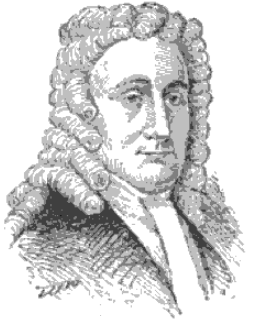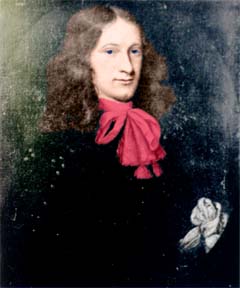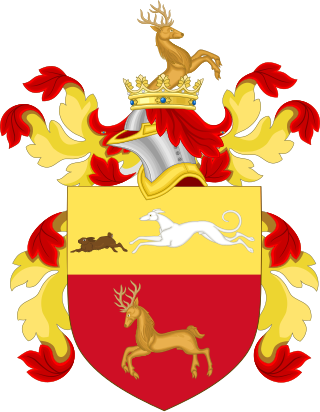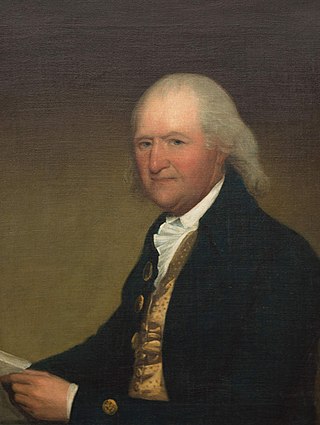
Robert Livingston the Elder was a Scottish-born merchant and government official in the Province of New York. He was granted a patent to 160,000 acres of land along the Hudson River, becoming the first lord of Livingston Manor.

Stephanus van Cortlandt was the first native-born mayor of New York City, a position which he held from 1677 to 1678 and from 1686 to 1688. He was the patroon of Van Cortlandt Manor and was on the governor's executive council from 1691 to 1700. He was the first resident of Sagtikos Manor in West Bay Shore on Long Island, which was built around 1697. A number of his descendants married English military leaders and Loyalists active in the American Revolution, and their descendants became prominent members of English society.

Robert Robert Livingston, also called The Judge, was a prominent colonial American politician, and a leading Whig in New York in the years leading up to the American Revolution.

Pierre Van Cortlandt was an American politician who served as the first lieutenant governor of New York.

The Schuyler family was a prominent Dutch family in New York and New Jersey in the 18th and 19th centuries, whose descendants played a critical role in the formation of the United States, in leading government and business in North America and served as leaders in business, military, politics, and society. The other two most influential New York dynasties of the 18th and 19th centuries were the Livingston family and the Clinton family.

The Livingston family of New York is a prominent family that migrated from Scotland to the Dutch Republic, and then to the Province of New York in the 17th century. Descended from the 4th Lord Livingston, its members included signers of the United States Declaration of Independence and the United States Constitution. Several members were Lords of Livingston Manor and Clermont Manor, located along the Hudson River in 18th-century eastern New York.

Gerardus Willemse Beekman was a wealthy physician, land owner, and colonial governor of the Province of New York.

James Beekman (1732–1807) was a New York City merchant and a member of the prominent Beekman family.
Henry Alexander Livingston was an American politician from New York.

Wilhelmus Hendricksen Beekman – also known as William Beekman and Willem Beekman – was a Dutch immigrant to America who came to New Amsterdam from the Netherlands in the same vessel with Director-General and later Governor Peter Stuyvesant.
Alida van Rensselaer Livingston was a Dutch businesswoman in Dutch Colonial America who exerted a considerable influence in the life of the colony.

The Stuyvesant family is a family of American politicians and landowners in New York City. The family is of Dutch origin and is descended from Peter Stuyvesant (1610–1672), who was born in Peperga, Friesland, Netherlands and served as the last Dutch Director-General of New Netherland.

Peter Gerard Stuyvesant was an American landowner, philanthropist and descendant of Peter Stuyvesant who was prominent in New York society in the 1600s.

The Beekman family is a family of Dutch descent that was prominent during the 17th, 18th, and 19th centuries in the area now known as the state of New York. Members of this family played a critical role in the formation of the United States and served as leaders in business, politics and society.
Henry Beekman was a prominent colonial American politician and landowner.

Petrus "Peter" Stuyvesant was a New York landowner and merchant who was a great-grandson of his namesake, Peter Stuyvesant, the last Dutch Director-General of New Amsterdam.

Nicholas William Stuyvesant was a New York landowner and merchant who was a great-great-grandson of Peter Stuyvesant, the last Dutch Director-General of New Amsterdam.
Lt.-Col. Hubertus "Gilbert" Livingston was a younger son of Robert Livingston the Elder who was a lawyer and politician in colonial New York.

Maj. Robert Gilbert Livingston was an American merchant and a Loyalist during the American Revolutionary War.
Henry Gilbert Livingston was an American medical doctor and politician from New York state.















